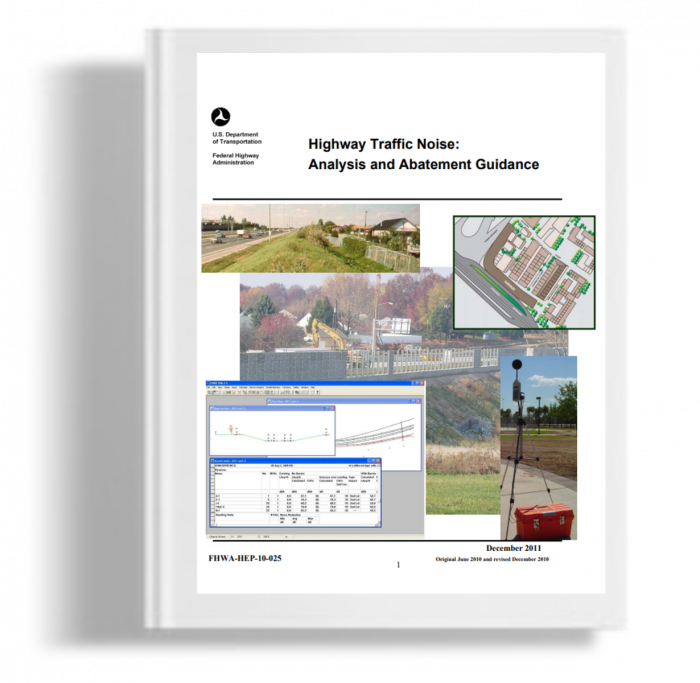Kami menggunakan cookies untuk membuat pengalaman Anda lebih baik. Untuk mematuhi petunjuk e-Pribadi yang baru, kami perlu meminta persetujuan Anda untuk menyetel cookies. Pelajari lebih lanjut .
Highway Traffic Noise: Analysis and Abatement Guidance
This paper presents a numerical model to simulate the hydroplaning phenomenon and conducts a systematic study on the effectiveness of various designs of longitudinal grooving against hydroplaning. The analysis covers groove widths of 2 to 10 mm, grove depths of 1 to 10 mm, and groove center-to-center spacing of 5 to 25 mm. Groove dimensions are found to have significant effects on the effectiveness of a grooving design against hydroplaning. The results show quantitatively how the use of larger groove width and depth, and smaller groove spacing would reduce hydroplaning risk by computing the changes in the expected hydroplaning speed. For the range of groove dimensions studied, the expected hydroplaning speed for a typical passenger car increases by about 2.8 km/h for every mm increase of groove depth, by about 3.5 km/h for every mm increase of groove width, and by about 1.0 km/h for every mm decrease of groove spacing. The model is also applied to evaluate the hydroplaning potential of different grooving designs used in practice and past studies, and to explain the conflicting findings of past studies on whether longitudinal pavement grooving does improve traction and reduce hydroplaning risk.
- Baca | Unduh PDF
- Highway Traffic Noise: Analysis and Abatement Guidance
This paper presents a numerical model to simulate the hydroplaning phenomenon and conducts a systematic study on the effectiveness of various designs of longitudinal grooving against hydroplaning. The analysis covers groove widths of 2 to 10 mm, grove depths of 1 to 10 mm, and groove center-to-center spacing of 5 to 25 mm. Groove dimensions are found to have significant effects on the effectiveness of a grooving design against hydroplaning. The results show quantitatively how the use of larger groove width and depth, and smaller groove spacing would reduce hydroplaning risk by computing the changes in the expected hydroplaning speed. For the range of groove dimensions studied, the expected hydroplaning speed for a typical passenger car increases by about 2.8 km/h for every mm increase of groove depth, by about 3.5 km/h for every mm increase of groove width, and by about 1.0 km/h for every mm decrease of groove spacing. The model is also applied to evaluate the hydroplaning potential of different grooving designs used in practice and past studies, and to explain the conflicting findings of past studies on whether longitudinal pavement grooving does improve traction and reduce hydroplaning risk.

